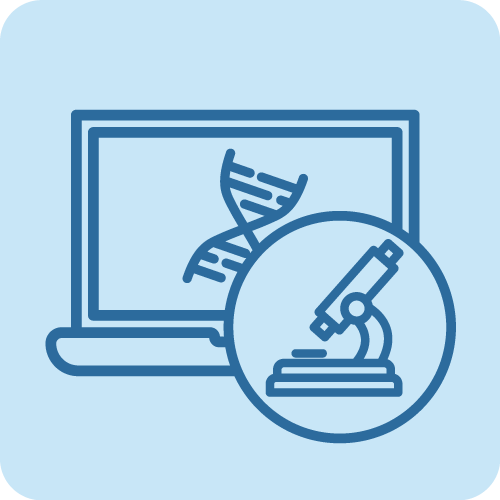Towards the global comprehension of the fungal cell; Knowledge for human welfare. PID2021-124278OB-I00
We often forget that fungi and animals are each others closest relatives. This is a problem when dealing with fungal infection to humans (the dark side of the fungal kingdom), due to the scarcity of differentially drugable targets. But if we flip the coin to see the other side of the problem, one intuitively realizes how this proximity can be turned into advantage for studying, using microbial models based on a genetically simple eukaryote, the molecular basis of disease, a hardly deniable statement on the 25th anniversary of the discovery of alkaptonuria using an Aspergillus nidulans model. The second value of A. nidulans is its close relatedness to other Aspergilli currently being used for the production of technical enzymes and other proteins of applied interest. However, as we enter the era of synthetic biology, moving towards designed cell factories, engineered fungal strains extensively modified to meet production demands, we meet a
limiting factor: our rather insufficient understanding of intracellular trafficking in filamentous fungi. Throughout the years, the Aspergillus Cell Biology group has made key contributions to intracellular trafficking, having achieved a reasonably good understanding of nuclear import of proteins, endosome maturation the characteristic movement or early endosomes, the biogenesis of secretory vesicles at the Golgi and the regulation of motors transporting them to the apex. However, there are three standing problems needing to be addressed. Block 1: understanding the numerous pathways that retrieve cargoes from endosomes to the Golgi to recycle them to the PM, rescuing these cargoes from degradation and becoming crucial when high yields of protein secretion are required. Block
2: the cell biology of mitochondria, the cells power plants, their biogenesis and turnover by mitophagy, an important objective with the added value of exploring new targets for antifungal intervention. Block 3 is a thorough characterization of the actin cytoskeleton, the white elephant that is implicated in every process in the cell, including the biogenesis of the Spitzenkörper, a fungal exocytic membraneless organelle.
Members (researchers): Eduardo Antonio Espeso Fernández
Information
Type of Funding: National Funding
Period: 01/09/2022-31/01/2026

